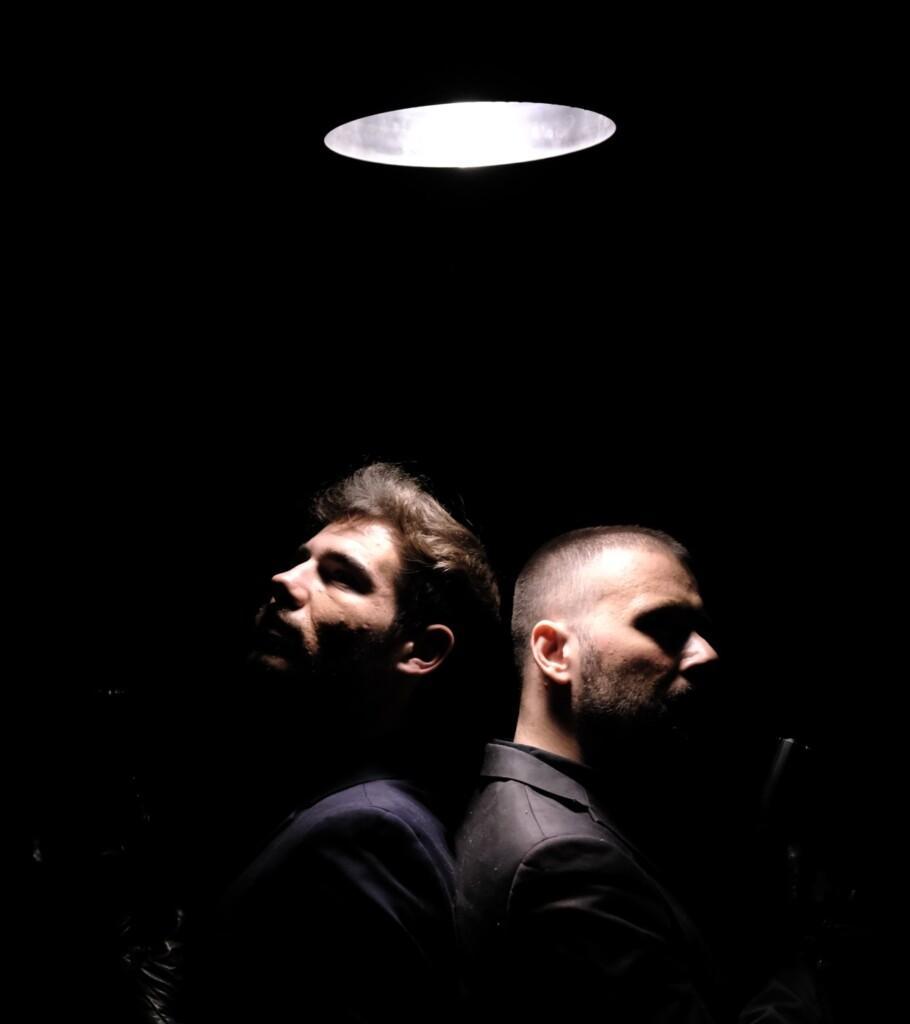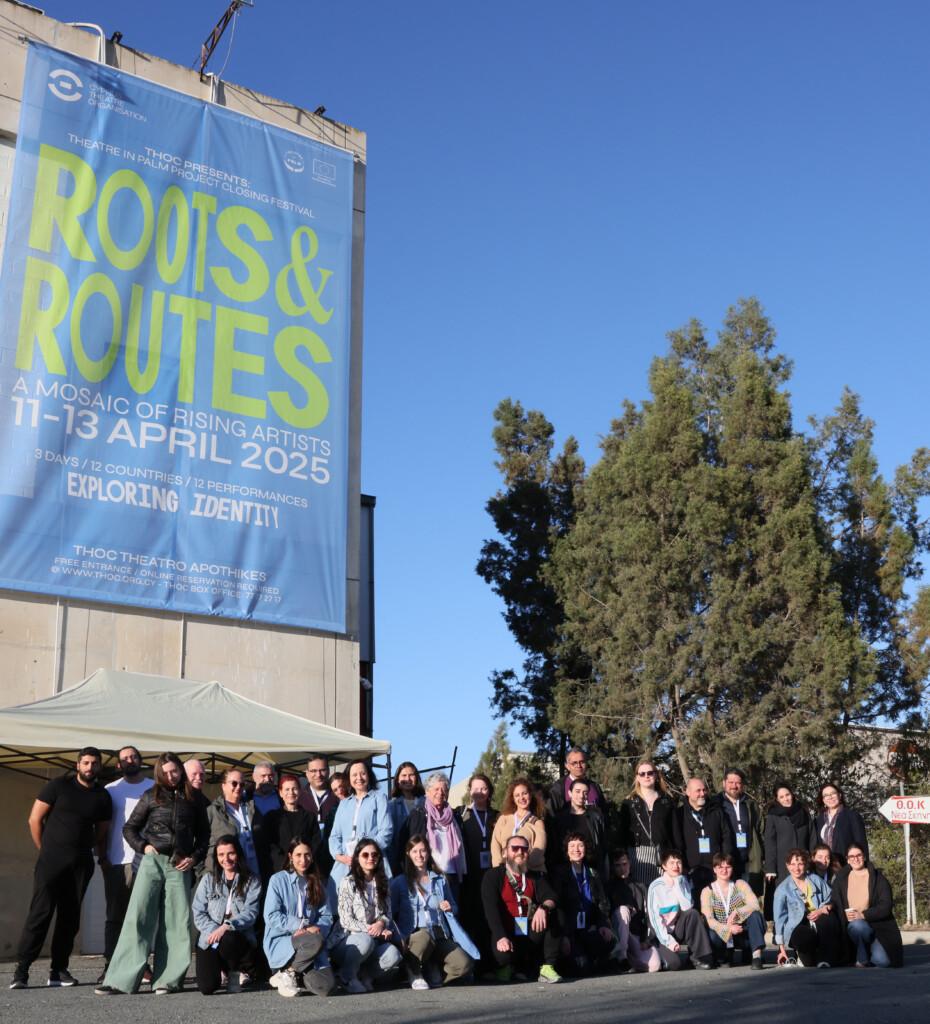TIP in Italy – Riccardo Bursi’s path from musician to actor: building bridges between arts
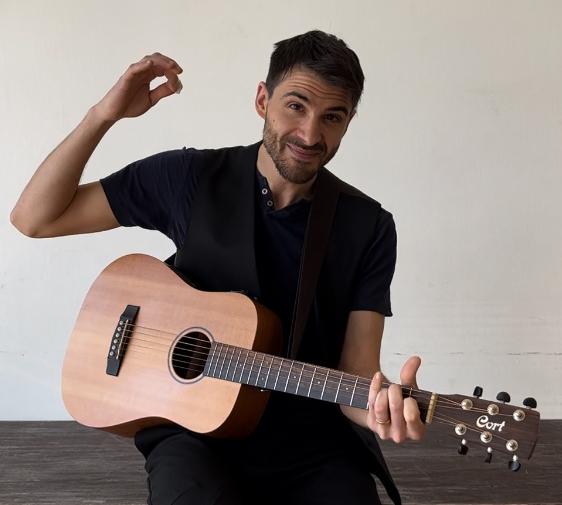
Riccardo Bursi – young actor, musician and composer based in Reggio Emilia and protagonist of the last Digital Coffee Talk organised by E35 Foundation in the Theatre in PALM project – describes his artistic journey from music studies to a professional acting career, highlighting how the two disciplines intertwined. He explores the role of music in performance, emphasizing its narrative power and emotional impacts, sharing his approach to composing for theater and offering advice on embracing multiple artistic passions.
My Artistic Journey
I was immersed in music from an early age. I started by playing the guitar and drums and continued my journey as a musician by enrolling in the A. Peri Conservatory of Reggio Emilia, where I studied piano and deepened my knowledge of harmony, music history, and choral singing. Yet, at some point, I realized that the rigid traditional approach at the Conservatory no longer aligned with my creative needs, so I decided to leave and follow a more independent path by taking private jazz piano lessons. In the meantime, I enrolled in the DAMS program at the University of Bologna, specializing in music, where I began exploring the connection between sound and image through film history and film analysis courses. It was at that time that my passion for dubbing emerged, leading me to attend both the Mamimò Theater Center and the Accademia del Cinema in Bologna. Despite my strong interest in dubbing, it was my encounter with theater that opened up an entirely new world for me.
After years of amateur training, I decided to pursue acting professionally and auditioned for the prestigious Civica Scuola di Teatro Paolo Grassi in Milan—where I was accepted. However, music never truly left me, prompting me to question my true vocation. Over time, I realized that I didn’t have to choose between being a musician or an actor—I was and am both. This awareness led me to explore the connection between music and theater, using my musical background to improve my acting, and vice versa. In the years that followed, I began composing for theater productions and advertising, and recently, I released my first album, La Cattedrale, which I wrote and recorded entirely at home.
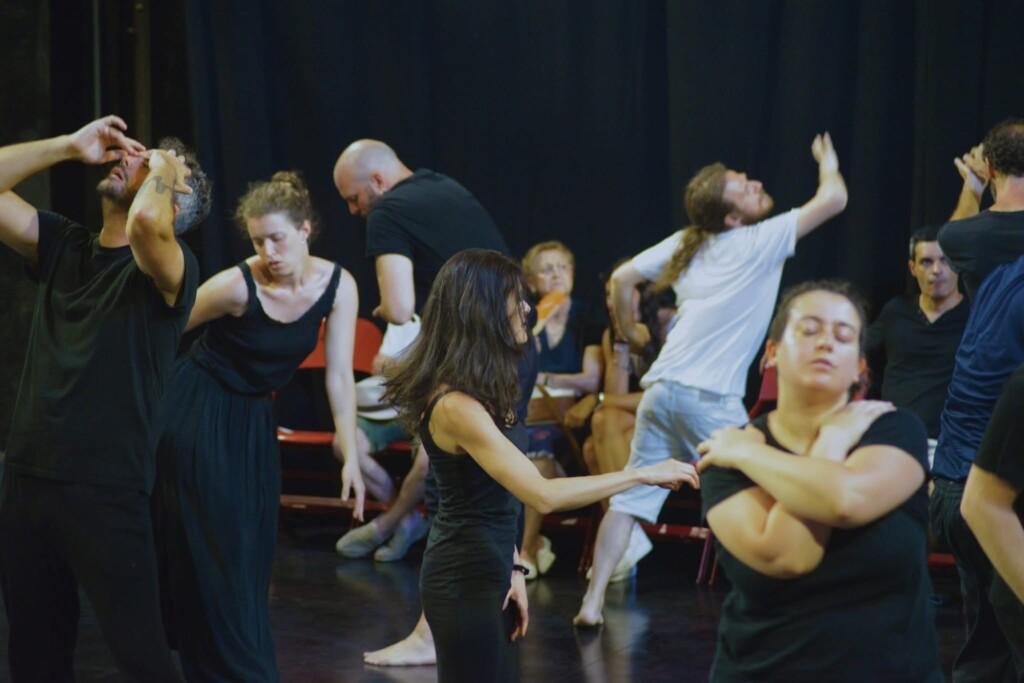
The Role of Music in Performance
The topic of my university thesis, La colonna sonora in Morte a Venezia di Luchino Visconti (“The Soundtrack in Death in Venice by Luchino Visconti”), was an early signal of my ongoing exploration of the role of music in both film and theater. The soundtrack is much more than just music—it includes sounds, silences, and voices that, together, accompany a film or performance. Every sound, even the smallest (a footstep, a door slamming, a breath), contributes to building the overall atmosphere of a scene. Musical pauses are just as important as the notes themselves—they allow us to “feel” and make room for expectations.
When working on a soundtrack for a performance, it’s crucial for me to consciously choose what I want the audience to hear. Since music is a powerful tool for speaking to the viewer on a subconscious level, the question I often ask myself is, “Does this music support the atmosphere or does it contrast with it?” Sometimes, contrast—like using a classical piece in a scene of great violence—can create a surprising and impactful effect, but it must be handled carefully to avoid turning it into a repetitive technique.
It proves helpful to distinguish between diegetic music (what the characters hear) and non-diegetic music (what only the audience hears, like a film’s soundtrack). In theater, music is typically diegetic, meaning the actors interact with it, whether it comes from an object on stage (like a radio or record) or is created specifically for the scene. I believe theater, as a live art form, should prioritize real-time music creation, perhaps giving musicians on stage or even the actors themselves the opportunity to propose musical ideas during rehearsals that can then influence the performance.
Another crucial element is the Leitmotif—introduced by Wagner, this concept refers to musical themes associated with specific characters or situations. It’s an excellent tool for keeping the audience engaged, helping them understand the action, and creating an expectation whenever the theme is reprised. Music, in this sense, becomes a character itself, a narrator guiding the emotional journey of the audience.
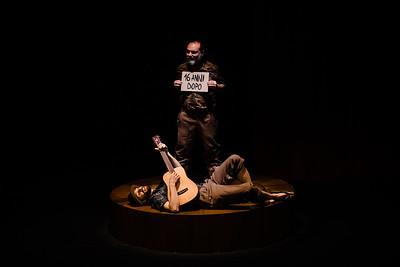
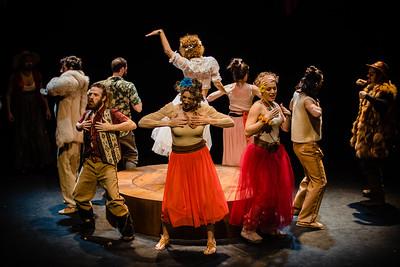
How to Compose Music for the Stage and Collaborate with the Director
My approach to composing music for the stage varies significantly depending on the nature of each production.
Take Stelle Nere, a performance about the fascist-era actors Luisa Ferida and Osvaldo Valenti. For this piece, I didn’t just compose traditional music; I integrated the sounds of the venue itself. The scene had to be raw and metatheatrical, and the director, Fabio Banfo, wanted to make the atmosphere of a “villa of torture” palpable. I chose to use real sounds from the theater—such as floor creaks and door noises—and manipulated them to create the most sinister effect possible. The actors themselves reacted to these sounds, which became an integral part of the action.
The work for The Winter’s Tale by Shakespeare was completely different. Here, I not only composed the music but also performed on stage as the character Autolycus. The director, Marco Maccieri, wanted the production to have a strong musical presence, so together, we created a sound dramaturgy, carefully studying how music could shape the rhythms and atmospheres of the show. In one of the key moments, I had to compose a song to accompany the protagonist’s transformation, from a young girl to the queen of the feast. The challenge was to make the song emotionally powerful, even though it was sung by an actress who wasn’t a professional singer. Ultimately, the performance was enriched by her emotions and embarrassment, capturing the true essence of the character.
The music we hear in films and performances is always the result of precise choices made by the composer—favoring one instrument, tone, or sound over another carrying specific meanings. These choices become essential for the composer, who uses them as an outline for their narrative.
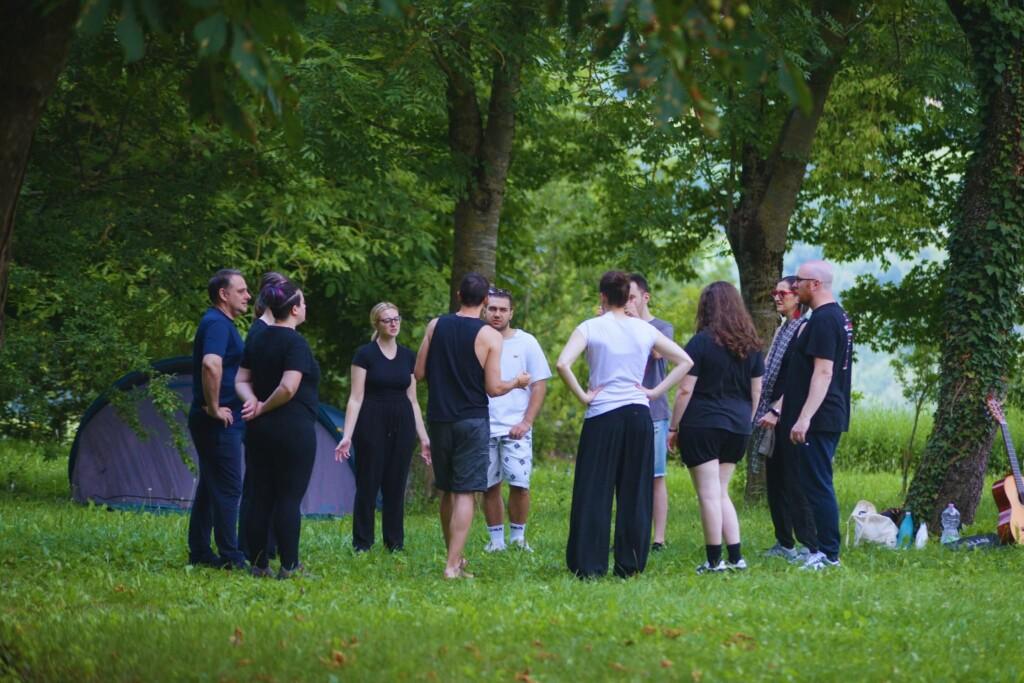
Music in Training
Before the final performance, another important aspect is theatrical training. Stanislavski emphasized the importance of rhythm to guide the actor, helping them explore different emotions and energies. For example, a fast piece of music can stimulate an introverted actor to step out of their comfort zone, while slower music can help them explore more introspective emotions.
One exercise I often suggest to my students is choral singing. The goal isn’t to create perfect harmonies, but to teach the importance of mutual listening. Each participant must adapt their voice to the group, learning to tune in with others. This exercise helps develop concentration, attention, and awareness of one’s instrument—the voice—and sometimes transforms into a dynamic creative experience.
Advice for Aspiring Theater Artists
To anyone considering a theatrical career, I suggest not limiting yourself to choosing between your passions. My inner battle on how to reconcile music and acting allowed me to refine my skills in both fields, but above all, it taught me that every aspect of our personality can become a resource to enrich our artistic work. The key to being an artist is to remain open to all forms of art and allow them to influence your creative process.
Participating in the Digital Coffee Talk was a great opportunity for me to pause and reflect on my journey, as well as challenge myself linguistically. During the meeting, one participant asked me if there were any connections or points of contact between the creative process that leads to a song or music, and the creation of a character. To this day, I still do not have an answer, but I’m thinking about it. Who knows?
